Breast Cancer: Causes, Risks, and Holistic Approaches
Breast cancer is the most common cancer among American women and is the second leading cause of cancer-related deaths in the United States, following lung cancer. In 2000, there were approximately 200,000 new cases and 50,000 deaths due to this disease. At the current rate, one in eight women is expected to develop breast cancer during her lifetime.
Women who have had cancer in one breast are at a higher risk of developing cancer in the other breast. Similarly, those with uterine cancer also face an increased risk. Breast cancer is more common in white women than in non-white women in the U.S., and its rates are generally higher in developed countries compared to developing ones.
Early Detection and Diagnosis
Early detection plays a crucial role in effective treatment. The American Cancer Society recommends that women perform breast self-examinations monthly, starting at age 25. The best time for this is 2 to 3 days after the menstrual cycle when the breasts are less likely to be swollen or tender. Women should feel for lumps or masses, especially between the breast and the armpit.
Mammography, an X-ray procedure, can detect breast cancer up to two years before it can be felt. Although women over 40 were once advised to get annual mammograms, concerns about radiation exposure have led some doctors to recommend mammograms every two years. An alternative is thermography, a non-invasive imaging technique that detects heat patterns and blood flow in the breast, indicating abnormal activity. Additionally, a blood test known as AMAS (anti-malignin antibody in serum) can screen for active breast cancer or monitor for recurrence.
Causes and Risk Factors
A multi-faceted approach is necessary to reduce the risk of breast cancer. This includes lifestyle changes, dietary modifications, regular exercise, and stress management. Several risk factors have been identified, such as a history of breast cancer, family history, hormonal imbalances, a high-fat diet, smoking, and chronic stress.
Common Risk Factors
- High-Fat Diet: Diets high in saturated fats are closely linked to breast cancer. They can damage healthy cells and increase estrogen production in the body.
- Alcohol Consumption: Women who consume 2-5 alcoholic drinks a day have a 41% higher risk of developing breast cancer.
- Environmental Toxins: Exposure to neurotoxic and endocrine-disrupting chemicals, such as xenoestrogens found in pesticides and plastics, can mimic estrogen and disrupt hormonal balance.
- Radiation Exposure: Daily exposure to radiation from cell phones, microwaves, and X-rays can contribute to an increased risk of breast cancer.
- Obesity: Excess body weight can increase estrogen levels, further raising the risk of breast cancer.
Dietary Approaches for Breast Cancer Prevention
Diet plays a vital role in both prevention and management. Eating a diet rich in whole foods can strengthen the immune system and reduce cancer risk. Here are some dietary recommendations:
Alkaline Diet
- Go Alkaline: Alkalizing the body can create an environment less favorable for cancer cells.
- Eat Whole Foods: Increase the intake of green vegetables like broccoli, kale, and spinach, which are highly alkaline. Incorporate more fibrous fruits such as apples and pears while limiting fleshy tropical fruits.
- Avoid ‘White’ Foods: Steer clear of refined sugar, white flour, and processed foods, as these can promote an acidic environment that supports cancer growth.
Quality Proteins and Healthy Fats
- Moderate Protein: Opt for easily digestible proteins like fish, organic eggs, and lean meats.
- Healthy Fats: Include sources of omega-3 fatty acids, such as fish and flaxseed oil, while avoiding trans fats and excessive animal fats.
Holistic and Alternative Therapies
Combining natural and conventional treatments can provide optimal results. Some patients may choose to integrate alternative therapies alongside conventional treatments to minimize side effects and improve outcomes.
Natural Supplement Protocol
- Antioxidants and Vitamin D3: Antioxidants like vitamins C and E, selenium, and vitamin A can support the immune system and reduce oxidative stress. Vitamin D3, in particular, has been shown to improve the prognosis of breast cancer patients.
- Essiac Tea: This herbal formula has been used for its anticancer properties. It is believed to stimulate the immune system and support detoxification.
- Medicinal Mushrooms: Reishi, Shiitake, and Maitake mushrooms boost the immune system and have demonstrated cancer-fighting effects.
- Beta 1,3-D-Glucan: A powerful immune booster and antioxidant, beta-glucan is particularly beneficial after radiation treatments.
- Melatonin: This hormone not only helps regulate sleep but also has anticancer effects. It controls estrogen release, which is involved in the development of breast cancer.
Lifestyle and Stress Management
Managing stress is crucial for maintaining hormonal balance. Practices such as yoga, meditation, and deep breathing exercises can help reduce stress levels and support the body’s natural healing processes.
Conclusion
Breast cancer is a complex condition influenced by multiple factors, including diet, lifestyle, and environmental exposures. Early detection and a comprehensive approach to treatment can significantly improve outcomes. By combining conventional treatments with holistic practices, dietary changes, and natural supplements, individuals can actively support their journey toward health and recovery. Empowering oneself with knowledge and making informed choices is key to navigating breast cancer effectively.

